Additional information
| Publisher | PESI Publishing & Media; 1st edition (26 September 2017) |
|---|---|
| Language | English |
| Spiral-bound | 230 pages |
| ISBN-10 | 1683730755 |
| ISBN-13 | 978-1683730750 |
| Dimensions | 23.11 x 1.52 x 27.69 cm |

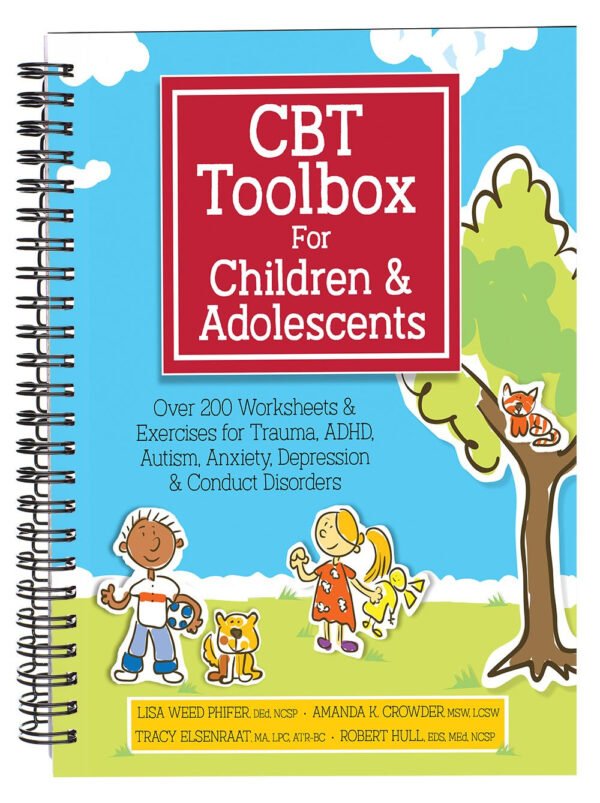

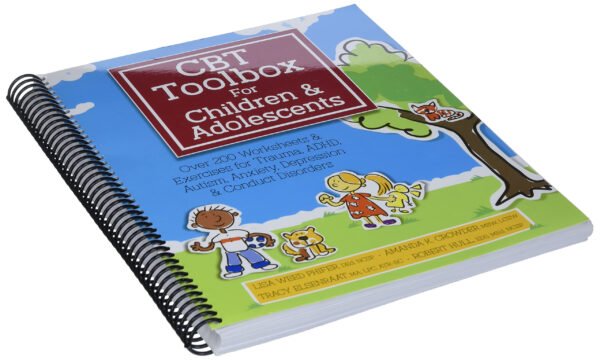
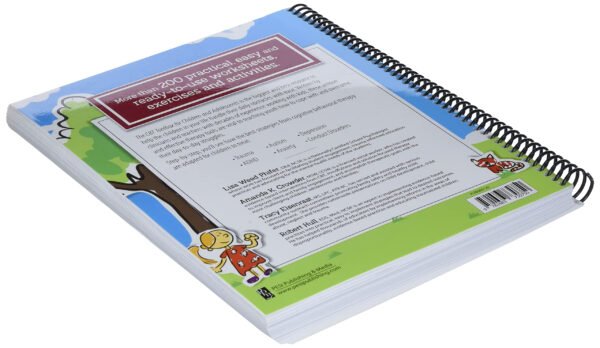


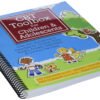
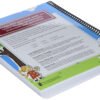
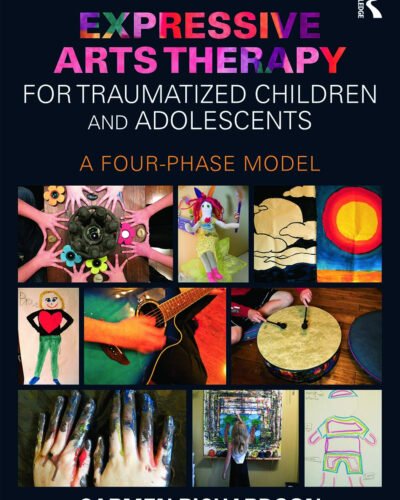

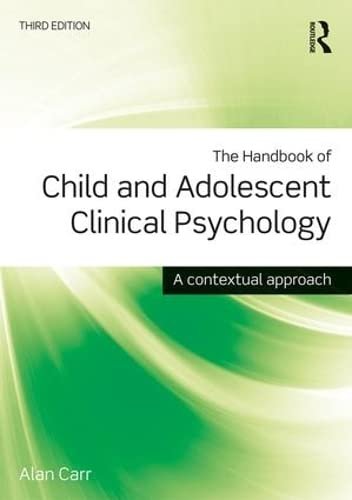




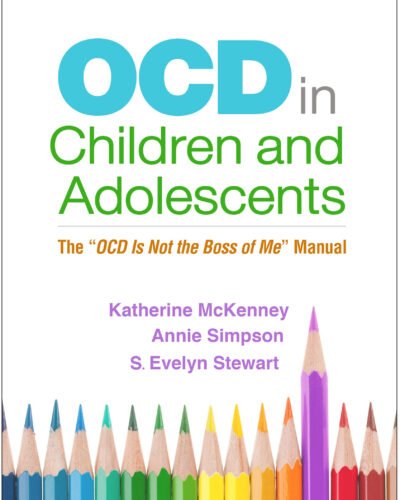
Deb Tawhai –
Fantastic book. Terrible courier Dragonfly, they left this parcel on a busy step at a locked gate instead of dropping into the lobby as requested and signaged in bold by the body corp.
Claire R –
Practical, self explanatory and easy to use.
zuricka Enzo to Zen –
Thanks
Amazon Customer –
Thoughtful exercises, carefully organized, and easy to use!
I am a clinical social worker. I have worked at an in-patient psychiatric hospital and in a partial hospitalization clinic facilitating group therapy program for kids, pre-teens, teens, and adults. Currently, I have been transitioning to an outpatient therapist and was looking for additional resources. I have used similar exercises to several of the ones in this book that I know have worked well in group therapy settings. I was very pleased to see some of my old favorites along with so many new and creatively-thought exercises that I am eager to try with my individual clients! I really loved the organizational structure of in-session exercises, homework for the client, as well as exercises for the caregiver. The exercises are also grouped in content areas of Cognitive Skills, Relationship Coaching, Competency Building, and Brain Based Learning and organized into areas for several different diagnoses, which works as a helpful guide when needing to use the exercises to prepare for session and/or for quick reference in session. I love the inclusion of the caregiver exercises as I think it is very important to involve the parent and these exercises are a wonderful way to incorporate caregiver involvement in a positive way. I am particularly happy to have such an easy to use quick reference to augment material for sessions! Thank you to the authors for such a well designed resource! Now, I just need to find one designed for adults!
Can Do Gal –
Great resource. Definitely worth getting. But tons of typos!
I purchased this book due to the fantastic reviews. There are *a lot* of worksheets & exercises in here I can see myself using again & again. (And others that didn’t seem as useful, of course.) Overall, I think this book was well worth the money I spent on it.As someone with expertise in working with kids with ADHD, I was pleasantly surprised to find that a bunch of those materials are actually useful. It seems like many clinicians often aren’t sure how to work with kids & teens with ADHD. The work can definitely be very different than working with kids & teens with mood disorders.I’m only giving the book 3 stars because the proofreading is terrible! The first time I found a mistake, I expected it was an oversight. By the time I finished reading through the worksheets, I couldn’t believe nobody caught the many issues. Spaces are missing from between words. Pronouns are flipped (e.g. “you” instead of “I,” changing what the meaning of the sentence should be.). I had to read at least one sentence a couple times to figure out what the authors were trying to say. Given that some of these worksheets are intended to hand out to clients or caregivers to complete between sessions, this is an issue. It would be annoying & make the worksheets with errors look sloppy in session with me there to explain. If I want to use any of the take home ones with errors, I’ll need to hand correct them. Sigh.There are a couple other weird issues. The example scenarios for the Positive Self Talk sheet on p. 238 seem bizarre for a book aimed at kids & teens. The settings include work, going to an art show, a blind date, and going to the store for groceries. Was this page accidentally swapped in from a book intended for work with adults? That sheet isn’t useable with kids and maybe not even with teens because the scenarios are so outside kids’ experiences. There were a couple other minor things that left me scratching my head, also, but are fixable.Overall, this is a great resource & I’m glad I got it. The proofreading issues are frustrating & I’ll need to neatly fix a few. But mostly I feel sad for the authors, because they obviously did a ton of work, and I think the errors detract from their great efforts.